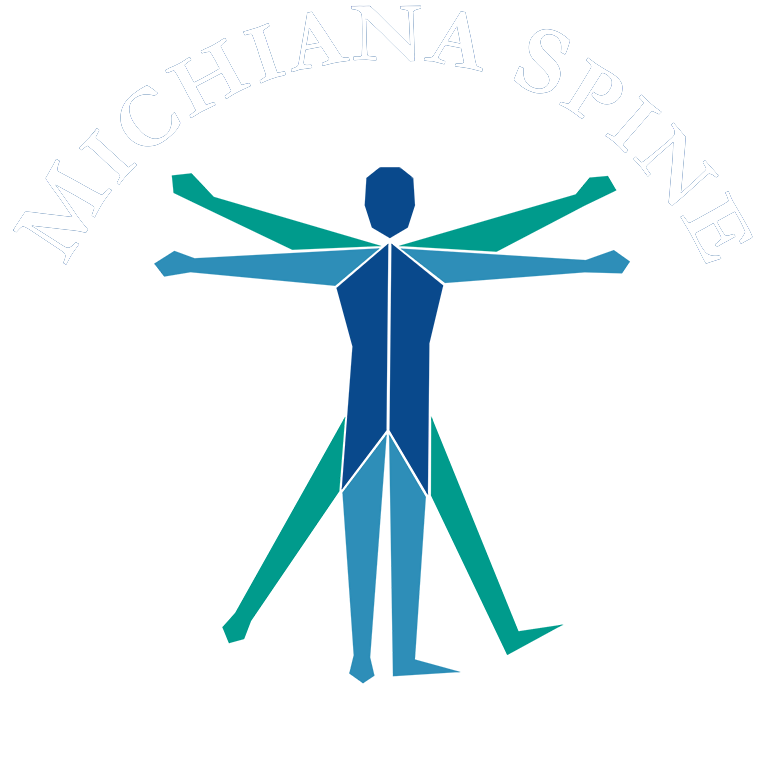Debunking Common Myths Surrounding Osteoporosis (Part 1)
 Each year, approximately 6 million people in the United States will break a bone. Broken bones can be caused by a number of environmental factors, but there are also many health conditions that can make a person prone to breaking a bone, such as osteoporosis, a condition that causes weak and porous bones. Before you seek osteoporosis treatment at a BONE HEALTH center, it's important to be able to separate the truth hidden between all of the misconceptions surrounding this skeletal condition. Here's part one of our guide that will address some of the most common myths and misconceptions about osteoporosis.
Each year, approximately 6 million people in the United States will break a bone. Broken bones can be caused by a number of environmental factors, but there are also many health conditions that can make a person prone to breaking a bone, such as osteoporosis, a condition that causes weak and porous bones. Before you seek osteoporosis treatment at a BONE HEALTH center, it's important to be able to separate the truth hidden between all of the misconceptions surrounding this skeletal condition. Here's part one of our guide that will address some of the most common myths and misconceptions about osteoporosis.
Osteoporosis cannot be prevented; it is a natural part of getting older
There are many signs and symptoms that do come about as natural signs of aging, but osteoporosis, in and of itself, is not one of them. Of course, the older you get, the more likely you are to develop the condition, but it can certainly be prevented through lifestyle changes, including the incorporation of calcium and vitamin D into your diet, as well as regular exercise. Don't let your age make you feel as though there's nothing you can do to prevent the condition.
Osteoporosis affects men and women equally
This may seem logical, but it's actually incorrect. Women are much more likely than men to develop the condition at some point in their lives. This isn't to say that men cannot get it, but they do have a lower risk. You should also be aware that black men and women are at a lower risk for developing the condition. But overall, about 20% of American white men over the age of 50 will suffer from an osteoporosis-related bone fracture at some point.
Broken bones are the only risk of osteoporosis
Finally, this myth is completely false. Osteoporosis should be taken seriously because it can be very dangerous -- sometimes even fatal. One of the most dangerous things a person with osteoporosis is at risk for is a hip fracture. This is because about a quarter of people die within six to 12 months after suffering from a hip fracture. Hip replacement surgeries can lead to ongoing health issues such as heart attacks, pneumonia, infections, arrhythmias, and anesthesia complications.
Ultimately, knowing the truth behind these myths is the key to seeking proper treatment at a COMPREHENSIVE BONE HEALTH CLINIC and learning all you can about the condition. Keep an eye out for the next post, where we'll address some more myths and misconceptions surrounding osteoporosis.
